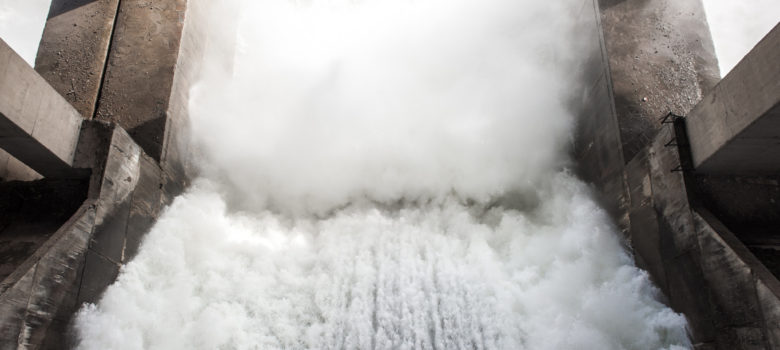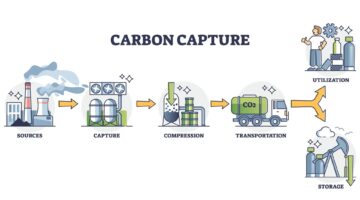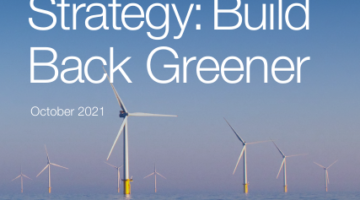
Hydropower – otherwise known as hydroelectricity – is a fast-growing form of energy generation. It has been used for more than 100 years, popularised in the USA with famous projects such as the Hoover Dam.
How do hydropower plants work?
Hydropower captures the kinetic energy of falling water and transforms it into mechanical energy. A dam stores water in a reservoir, then releases it in huge volumes to flow through a turbine. This spins and activates a generator, producing electricity.
Is hydropower renewable?
Hydropower has long been thought of by many as a ‘green’ energy generation, but it is not cut and dried one way or the other. Anything disrupting the natural balance of ecosystems can be dangerous and the technology has a much larger carbon footprint than previously thought.
Water usage
It is argued that hydroelectricity is sustainable because its fuel, water, is constantly replenished. However, the massive volumes of water required are controversial considering the global water shortage due to climate change. This is, in fact, one of the main reasons people are calling for the closure of coal-fired power plants.
Impact on aquatic life
Hydroelectricity disrupts biological systems by changing the flow of rivers. It has an impact on fish and tides, blocking migrating fish from reaching their spawning grounds. Reservoirs also impact water temperatures and silt loads of rivers and streams.
Emissions
Recent research has brought a new argument against the sustainability of hydropower: emissions.
When vegetation is trapped in reservoirs, it decomposes and stagnates the water, releasing greenhouse gases. Significant amounts of carbon dioxide and methane are generated, especially in warm environments. Methane is the real worry, as it is 34 times more potent than carbon dioxide and contributes to global warming, pollution and destruction of the ozone layer
There is no denying that reservoir emissions and biological disruption pose a threat to the planet, but there are pros and cons of all energy generation technologies; it is all about weighing these up. Hydropower plants are able to produce huge amounts of electricity without burning fossil fuels, but it comes at a cost. It can’t be considered fully ‘renewable’ by the accepted definition.
Think we missed something? Do you have a different opinion?
Comment below to get your voice heard…













Like most of their claims, hydroelectricity did not ‘start in the USA: LIKE SWAN’S LIGHTBULBS ( USED BY ARMSTRONG ) ‘In 1878 the world’s first hydroelectric power scheme was developed at Cragside in Northumberland, England by William George Armstrong.’ WIKIPEDIA
1. When vegeation falls, it decomposes whether it falls on dirt, a river, or gets stuck at a dam. These emissions are irrelevant to hydropower, and only someone with an axe to grind would say otherwise.
2. Your article says why hydropower is sustainable, but never says why it isn’t renewable, which would seem to contradict its sustainability. Your initial question is never addressed in the article.
3. There IS denying that biological disruption of dams isn’t threatening the planet. It makes a lake, which CHANGES the environment, but doesn’t diminish it. The only bit that is really hampered is salmon. I’d rather make it hard for salmon than spewing coal fumes from mining and more coal fumes from burning, wouldn’t you?
4. Why is the biological impact of natural gas never mentioned, and why is natural gas considered renewable when areas can be depleted, and the mine must be moved? Hydropower is infinitely renewable in comparison.